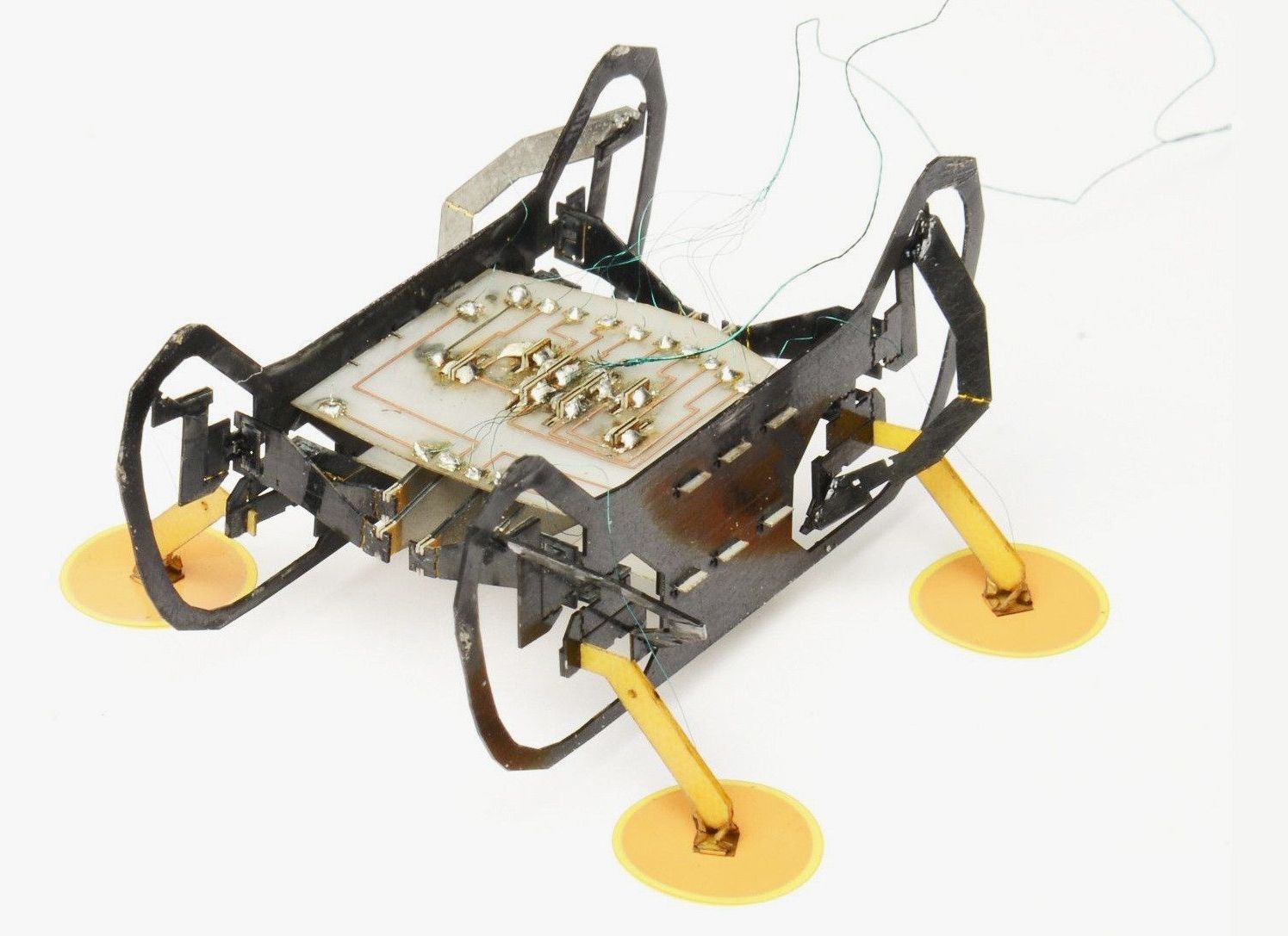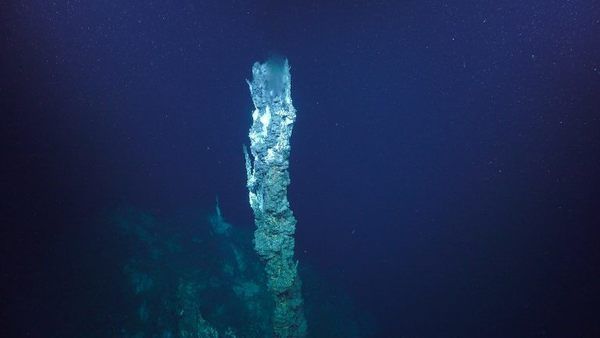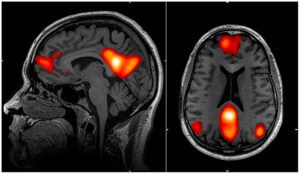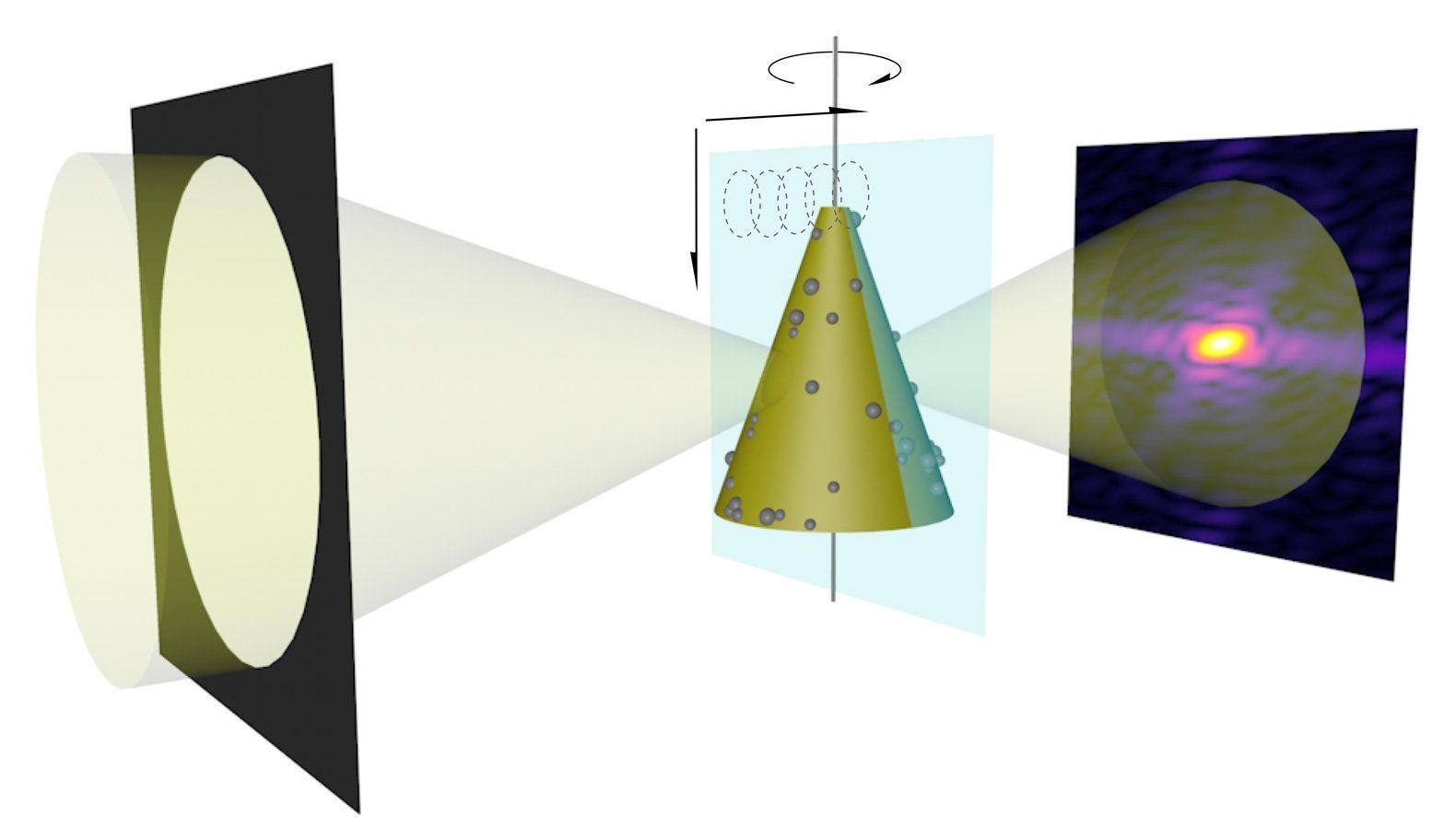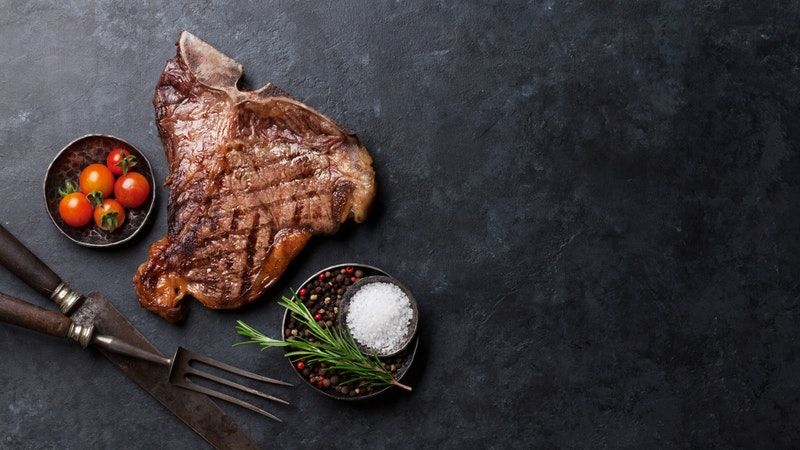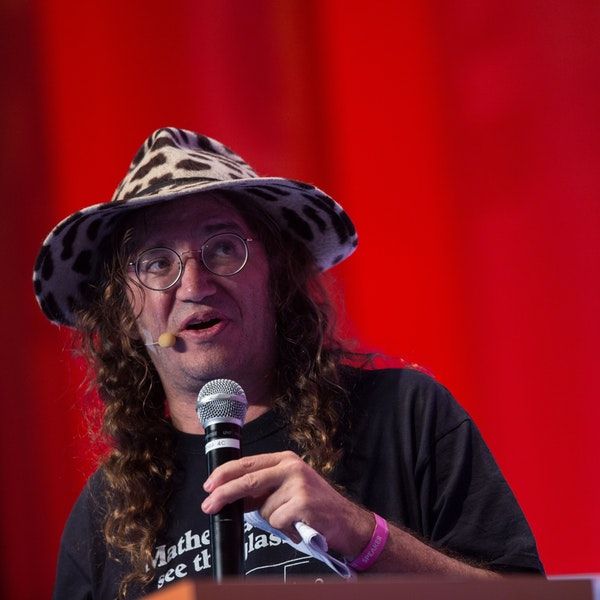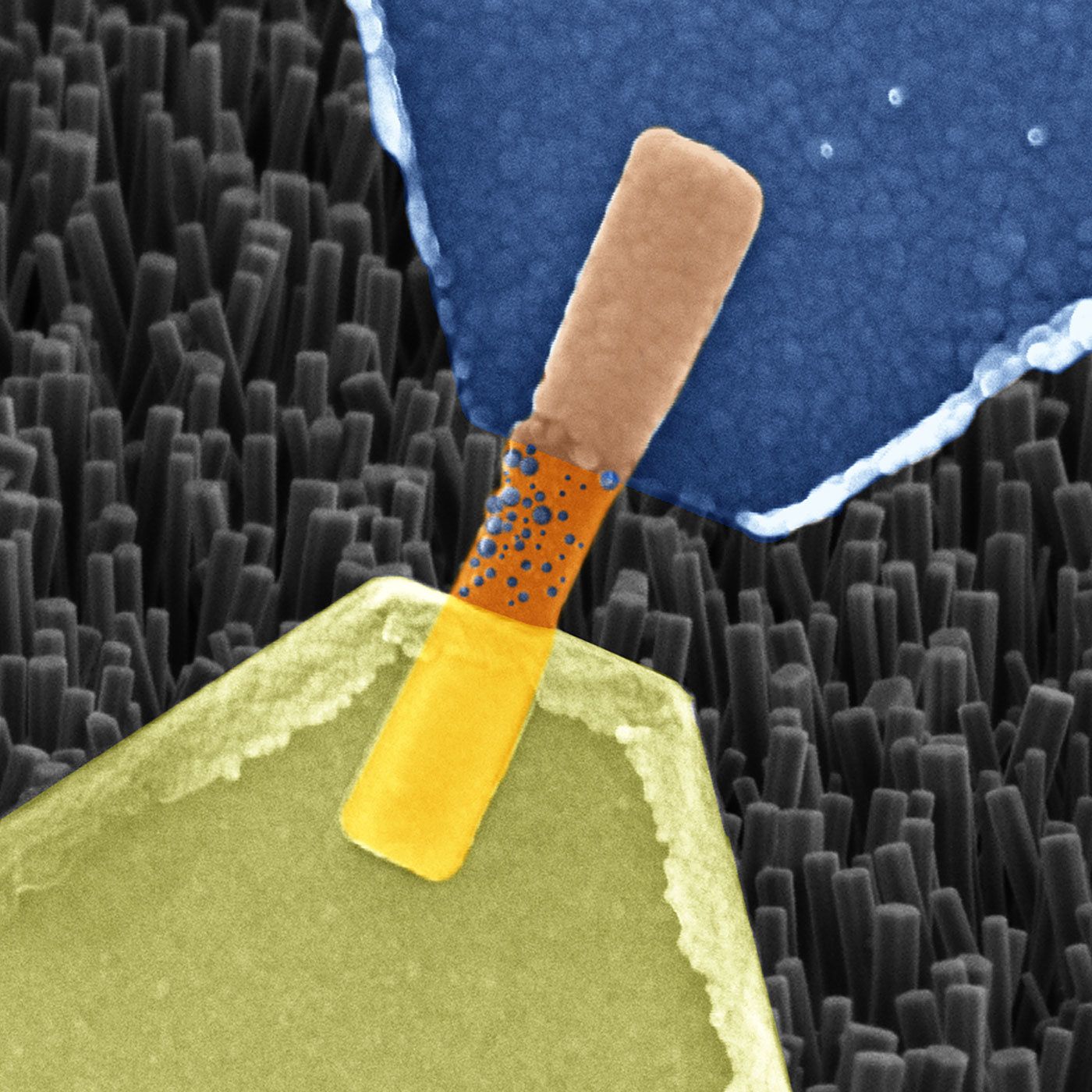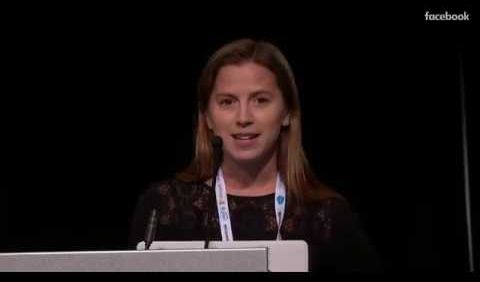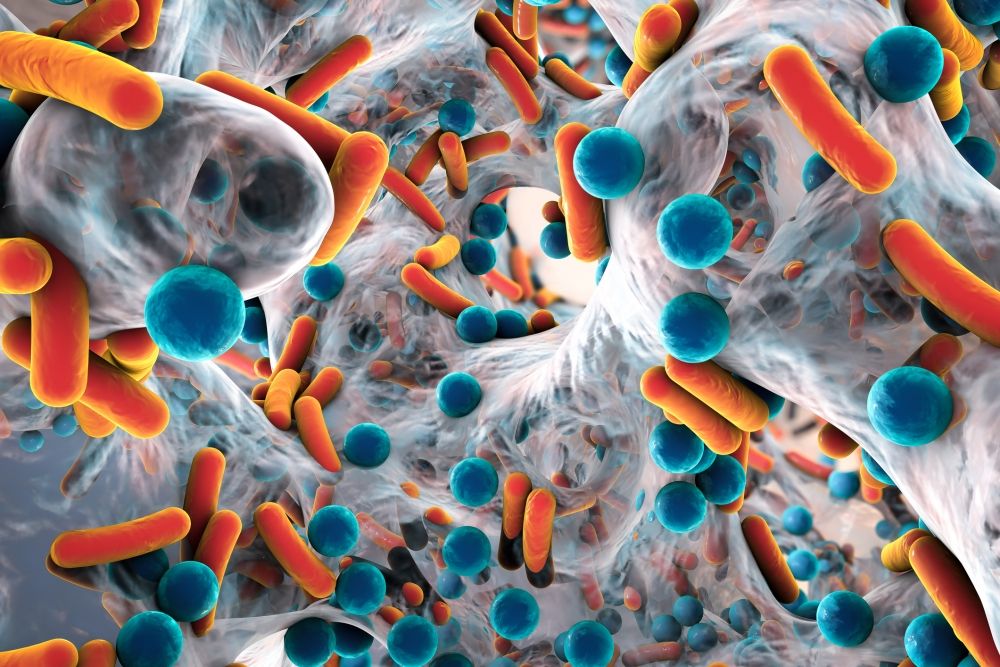Dec 19, 2018
A Bug-Like Robot Uses Electricity to Walk Upside Down
Posted by Genevieve Klien in categories: biological, robotics/AI
A bug’s life doesn’t seem half bad, if you can overlook the super-short lifespan or the threat of getting eaten by lizards or swatted at by humans. Flying is nice, as is being able to walk on ceilings. The versatility is enviable, which is why roboticists are on a quest to imbue machines with the power of the bug.
But to harness the powers of nature, roboticists are resorting to very un-biological means. The latest insect-inspired robot tackles the problem of walking upside down using not glue, or a material that mimics the pad of a gecko’s foot as past bot builders have done, but electricity. Specifically, electroadhesion.
You’ve read your last complimentary article this month. To read the full article, SUBSCRIBE NOW. If you’re already a subscriber, please sign in and and verify your subscription.
Continue reading “A Bug-Like Robot Uses Electricity to Walk Upside Down” »
